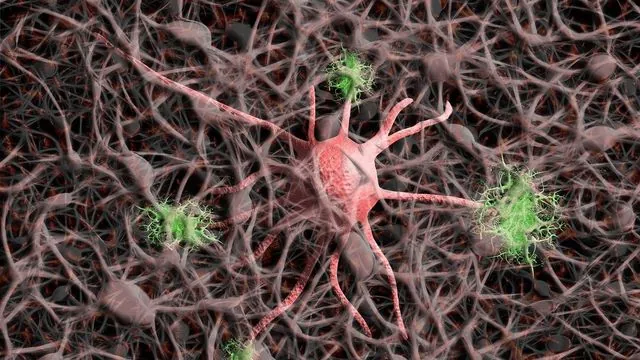
Revolutionizing Disease Understanding: Meet MESA, the Groundbreaking Computational Model
2025-04-29
Author: Daniel
Unlocking the Secrets of Diseased Tissues
Understanding disease progression goes beyond merely observing isolated cells; scientists must explore the dynamic interactions and spatial arrangements of these cells. Enter MESA (Multiomics and Ecological Spatial Analysis) — a revolutionary computational method that provides groundbreaking insights into diseased tissues, unveiled in a cutting-edge study published in *Nature Genetics*.
A Collaborative Breakthrough
This ambitious project was a collaborative feat, bringing together leading researchers from prestigious institutions including MIT, Stanford University, Weill Cornell Medicine, the Ragon Institute of MGH, and the Broad Institute of MIT and Harvard. Spearheaded by Stanford, this initiative fuses different academic disciplines to unveil tissue complexities like never before.
A New Ecological Perspective on Tissue Analysis
MESA introduces a novel approach to analyzing tissues through an ecological lens. By interpreting spatial omics data — cutting-edge tech that compiles molecular information alongside cellular location — MESA delivers detailed maps of tissue neighborhoods and helps decode their intricate structures.
"Integrating traditionally distinct disciplines, MESA allows researchers to grasp how tissues are organized locally and how these configurations shift in various disease contexts, paving the way for innovative diagnostics and treatment targets," explains Alex K. Shalek, director of the Institute for Medical Engineering and Science at MIT.
From Ecology to Cell Diversity
In this groundbreaking work, the researchers took cues from ecological studies that review biodiversity. Instead of tracking animal populations, they investigated cell types, treating them like ecological species. This innovative analogy allows MESA to quantify cellular biodiversity in tissues and observe how this diversity evolves in disease contexts.
For instance, MESA famously identified regions in liver cancer samples where tumor cells frequently co-occur with macrophages, implying these zones could be critical in determining disease outcomes.
Discovering Cellular 'Hotspots' for Disease
MESA's unique methodology reveals cellular 'hotspots' that may indicate early signs of disease or responses to treatment. "This technology opens new avenues for precise diagnostics and tailored therapeutic strategies," says Bokai Zhu, a postdoctoral researcher at MIT.
Data Enrichment Without Additional Experiments
Adding to its impressive repertoire, MESA enriches tissue data using publicly available single-cell datasets. It enhances existing samples with additional information, such as gene expression profiles, thus providing deeper insights into the functional dynamics of healthy versus diseased tissue.
Uncovering Previously Overlooked Patterns
Across various tissue types and datasets, MESA has unveiled spatial structures and key cellular populations that were previously ignored. By integrating diverse omics data like transcriptomics and proteomics, it crafts a multilayered understanding of tissue architecture.
The Future of Disease Analysis and Treatment
Currently available as a Python package for academic research, MESA may not yet be routine for clinical use in hospitals due to its resource demands. However, its potential is being increasingly recognized by pharmaceutical companies, especially in drug trials where understanding tissue responses can be crucial.
Zhu emphasizes that this is only the beginning, stating, "MESA paves the way for applying ecological theories to unravel the spatial complexities of diseases—ultimately enhancing our prediction and treatment capabilities.”

 Brasil (PT)
Brasil (PT)
 Canada (EN)
Canada (EN)
 Chile (ES)
Chile (ES)
 Česko (CS)
Česko (CS)
 대한민국 (KO)
대한민국 (KO)
 España (ES)
España (ES)
 France (FR)
France (FR)
 Hong Kong (EN)
Hong Kong (EN)
 Italia (IT)
Italia (IT)
 日本 (JA)
日本 (JA)
 Magyarország (HU)
Magyarország (HU)
 Norge (NO)
Norge (NO)
 Polska (PL)
Polska (PL)
 Schweiz (DE)
Schweiz (DE)
 Singapore (EN)
Singapore (EN)
 Sverige (SV)
Sverige (SV)
 Suomi (FI)
Suomi (FI)
 Türkiye (TR)
Türkiye (TR)
 الإمارات العربية المتحدة (AR)
الإمارات العربية المتحدة (AR)